Pokémon isn’t just one of the most popular video game franchises in the world, it’s one of the biggest entertainment franchises, period. Besides the games, the series has spawned a trading card game, a long-running anime, tons of merchandise, and even a few movies. No matter how you prefer to get your Pokémon fix, chances are there’s something out there for everyone.
While the series has come a long way from its humble game origins, it’s those very same games that form the foundation of the entire franchise. Without great games, everything else would fall apart. Despite being one of the longest-running series in gaming, Pokémon’s latest games continue to garner a huge worldwide audience and score consistently well in reviews, with over 440 million Pokémon games sold around the globe since 1996.
Here are the most popular Pokémon games of all time, ranked by sales numbers.
10) Pokémon Brilliant Diamond and Shining Pearl – 14.65 million sales
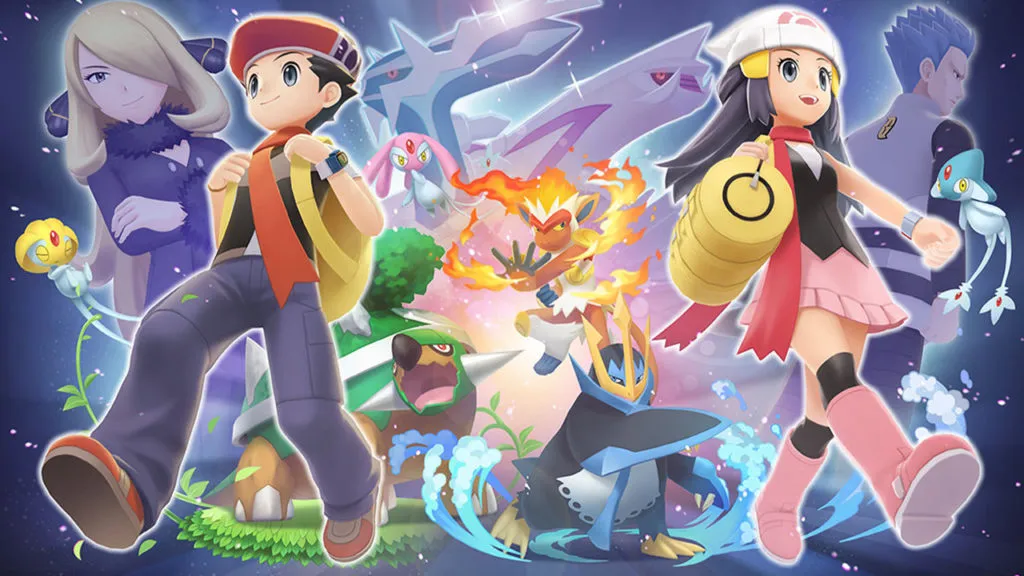
Pokémon Brilliant Diamond and Shining Pearl are the most recent main-series Pokémon games, though they’re about to be eclipsed by Pokémon Scarlet and Violet come November. These remakes of Pokémon Diamond and Pearl received mixed reviews from critics, but they did extremely well in sales and prompted players who started out with Generation IV to pick up the series again. Even though these remakes’ difficulty was significantly toned down from the originals, that last Cynthia fight will never not be rage-inducingly hard.
9) Pokémon Black and White – 15.64 million sales
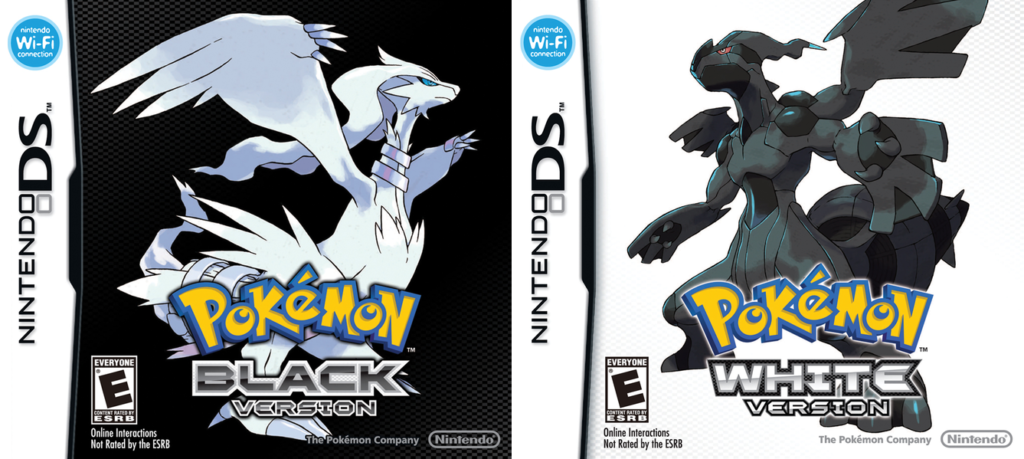
Pokémon Black and White are fondly remembered by a lot of players for their excellent story, a rarity in the Pokémon series. While most of the other games on this list are simply about catching ’em all and becoming the very best like no one ever was, Black and White made players question whether Pokémon themselves even wanted to be captured or used in battle. These two titles also marked the last of the sprite-based Pokémon games since the jump to the 3DS saw the series move into full 3D. Now that Generation IV has been remade for the Switch, some players are asking when Generation V will get the remake treatment it deserves.
8) Pokémon Ruby and Sapphire – 16.22 million sales

Pokémon Ruby and Sapphire were the first main series Pokémon titles to appear on the Game Boy Advance, which prompted a huge graphical leap forward for the series. While much has been made out of IGN’s famous “too much water” criticism of the Hoenn region and the nonsensical beliefs of Team Magma and Team Aqua, Ruby and Sapphire were influential enough to receive a superior third title, Pokémon Emerald, several years later. Their somewhat panned remakes, Pokémon Omega Ruby and Alpha Sapphire, didn’t sell nearly as well as the original titles.
7) Pokémon Sun and Moon – 16.27 million sales
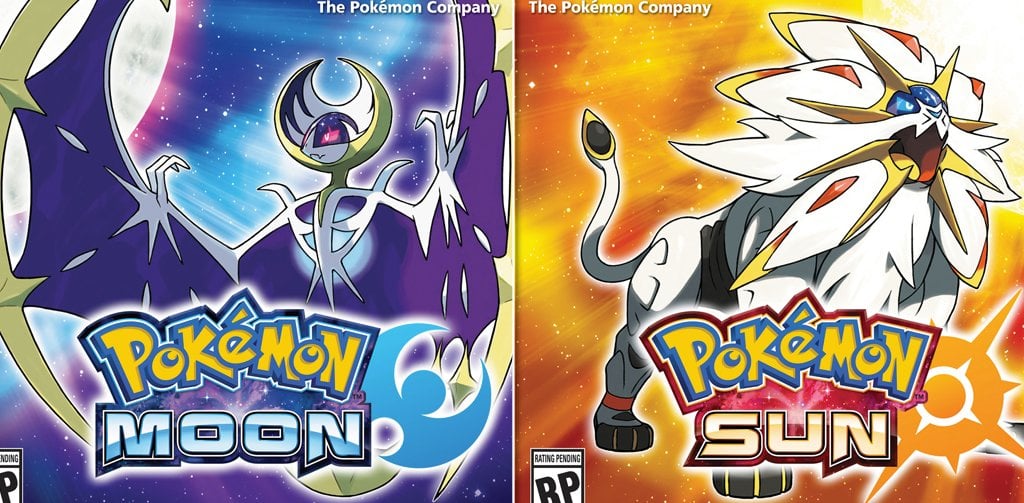
Pokémon Sun and Moon took the series in a new, somewhat controversial direction. They did away entirely with gyms, a series staple, and spread the player’s adventure out over the four islands of the Alola region. While not all of these changes were universally liked, Sun and Moon were lauded for their willingness to try something new, even if their tutorial was too long and a few of their characters fell on the annoying side. These were the first games to get two direct sequels: Pokémon Ultra Sun and Ultra Moon, which were the last main-series Pokémon games to grace the 3DS.
6) Pokémon X and Y – 16.58 million sales
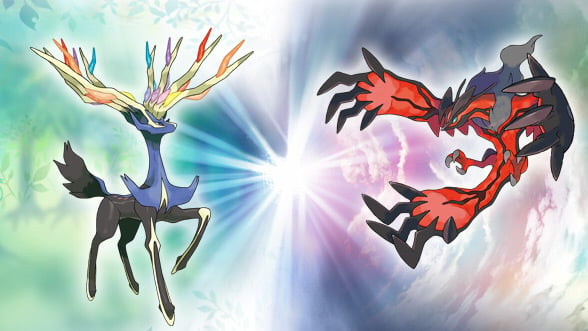
On the opposite end of the 3DS timeline, Pokémon X and Y were the first main-series Pokémon games to appear on the 3DS. While they were very much panned by fans for a multitude of reasons—a boring story, uninteresting region, and clunky 3D graphics—they made it onto the bestseller list simply because fans wanted to see what Pokémon would look like in true 3D. More recent Pokémon titles have captured the 3D effect much better, but we do owe it to X and Y for starting the trend.
5) Pokémon Diamond and Pearl – 17.67 million sales

Pokémon Diamond and Pearl are some of the most well-liked games in the franchise, so it makes sense that they’d crack the top five in terms of sales numbers. After branching out a little with Ruby and Sapphire’s Team Magma and Aqua, developer Game Freak brought Diamond and Pearl’s Team Galactic a little closer to the series’ original bad guys, Team Rocket. The Sinnoh region was large and varied, the battles were challenging, and there was a decently-long postgame that kept fans playing long after the credits rolled. If you want to experience the best of Generation IV, it’s best to skip Brilliant Diamond and Shining Pearl altogether and just play the originals.
4) Pokémon Gold and Silver – 23.73 million sales
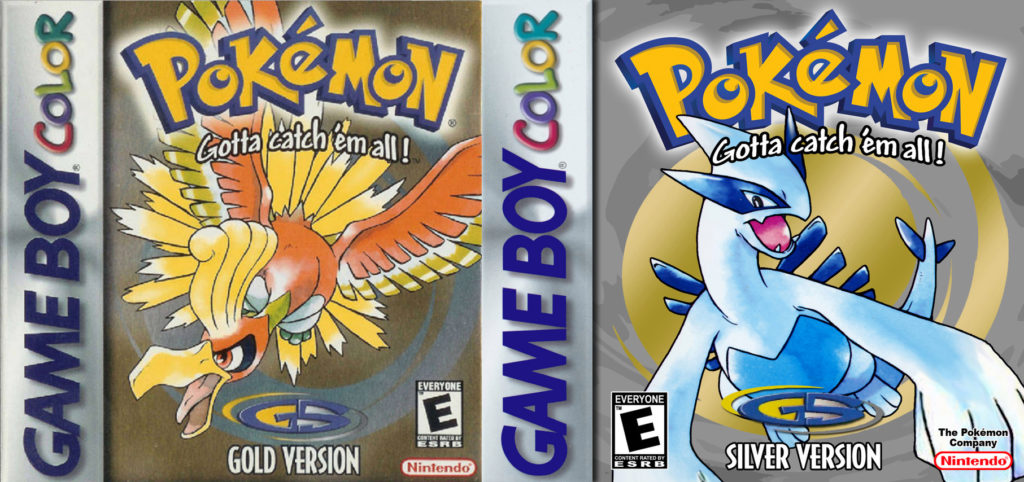
Pokémon Gold and Silver followed the explosive success of Red, Blue, and Green, the first three Pokémon games. Gold and Silver are some of the largest Pokémon games to date: after exploring the Johto region and defeating its champion, players could travel back to a changed Kanto and defeat its leaders all over again, culminating in a dramatic battle at the top of Mt. Silver. These games introduced mechanics that would become series staples, including Pokémon breeding, a day-night cycle, and postgame content. They still hold up today, though their remakes Pokémon HeartGold and SoulSilver are arguably worth playing even more.
3) Pokémon Sword and Shield – 24.27 million sales
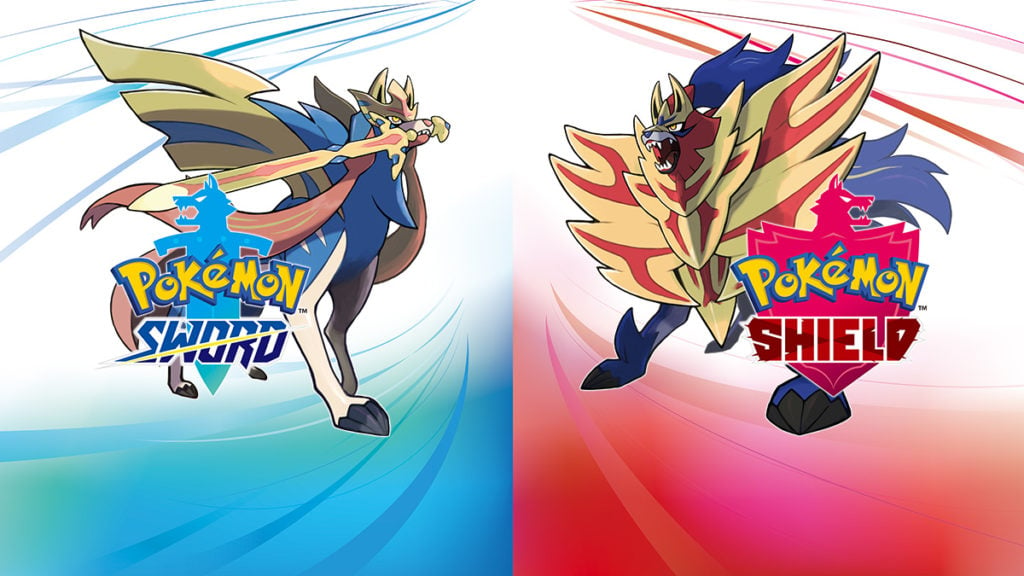
Pokémon Sword and Shield‘s placement might be surprising to hardcore Pokémon fans. The first main-series game to appear on a console rather than a handheld, Sword and Shield had players traveling through the U.K.-inspired Galar region and introduced the Wild Area, a place where players could team up to fight raid battles against gigantic Pokémon. While superfans panned these games for their lack of a full national Pokédex, no true co-op play, and rough-looking graphics, Sword and Shield still did exceptionally well in sales.
2) Pokémon Red, Blue, and Green – 31.05 million sales
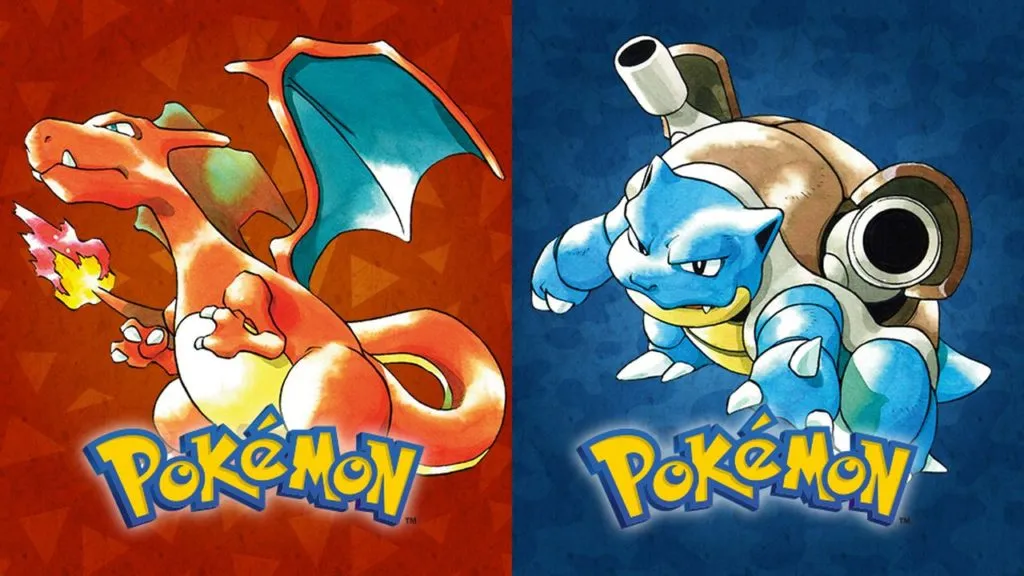
These were the games that started it all. Pokémon Red and Blue, the passion project of series creator Satoshi Tajiri, burst onto the scene thanks to their 151 catchable Pocket Monsters, multiplayer trading and battling, and secret-filled world to explore. Even today, the Pokémon first introduced in these games are among the most recognizable in the series. (Is there anything they haven’t slapped Pikachu on yet?) The 31.05 million sales number also includes sales of Pokémon Green, the Japan-exclusive game that was renamed Pokémon Blue for its U.S. version. While Red, Blue, and Green don’t hold up very well today, their many remakes and remasters still have that touch of Pokémon magic.
1) Pokémon Go – over 1 billion downloads

Surprised? You shouldn’t be. Pokémon Go took over the world when it was released, quickly amassing millions of daily players. Fans were enamored by the idea of being able to carry their Pokémon with them, catch ’em all in real-world locations, and face off with friends in raid battles. While the game has settled down since its launch, developer Niantic still hosts real-world Pokémon Go Fests, where players flock to catch Pokémon and meet up with other fans. If you think about it, that’s what the series is really all about.
The most popular non-Go spin-off game: Pokémon Stadium – 5.46 million sales

Pokémon has spawned a myriad of spin-offs that encompass every genre from puzzle to strategy to roguelike. The most popular of these spin-offs is Pokémon Stadium, an N64 title that allowed players to import their Pokémon from Red and Blue and battle in 3D. Long before X and Y brought Pokémon’s main-series games to the realm of 3D, fans were duking it out in Stadium’s arenas with their favorite ‘mons. While Stadium was the first game in its series to be released in the U.S., there was actually a previous Stadium title that was released only in Japan.



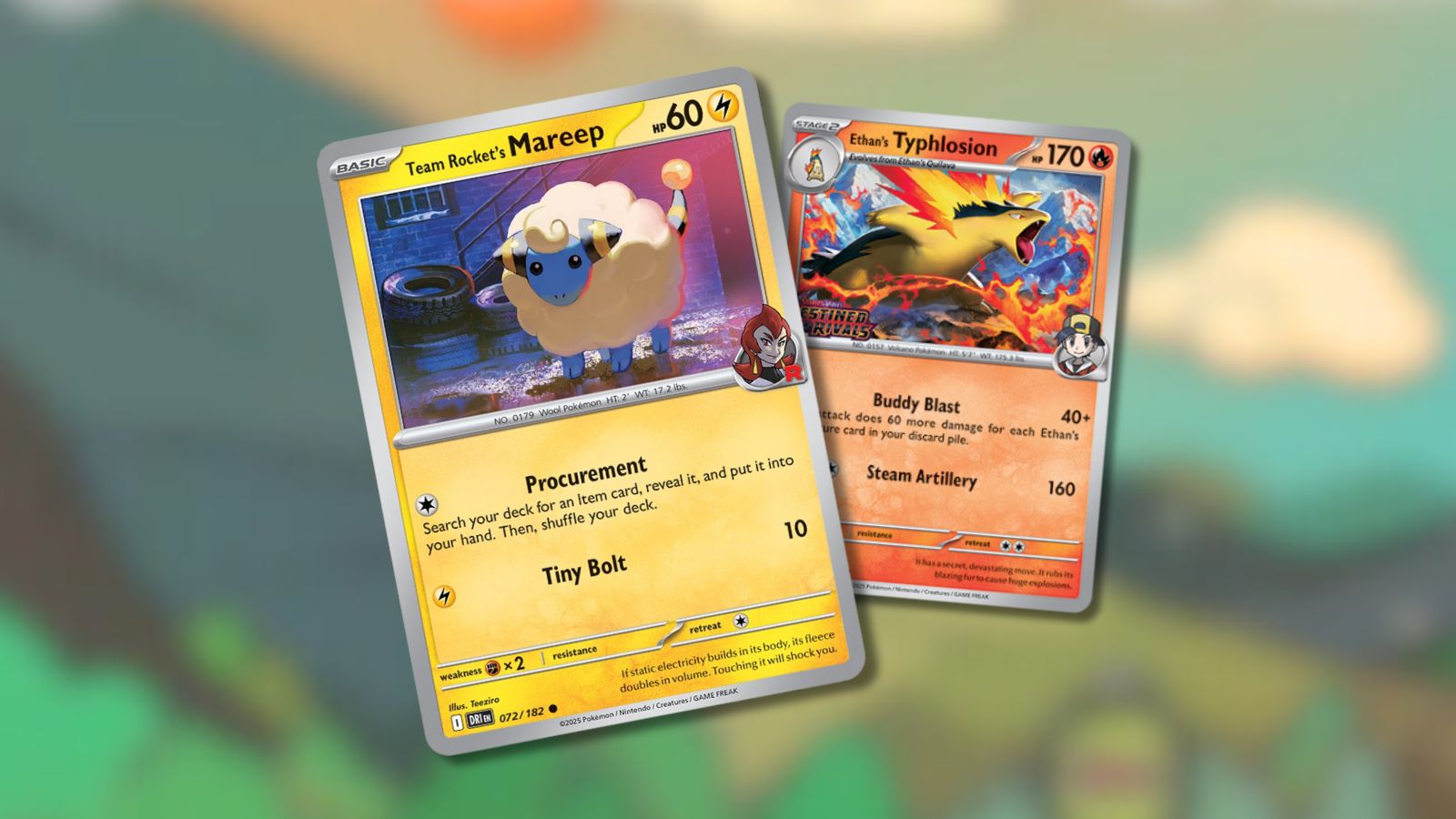

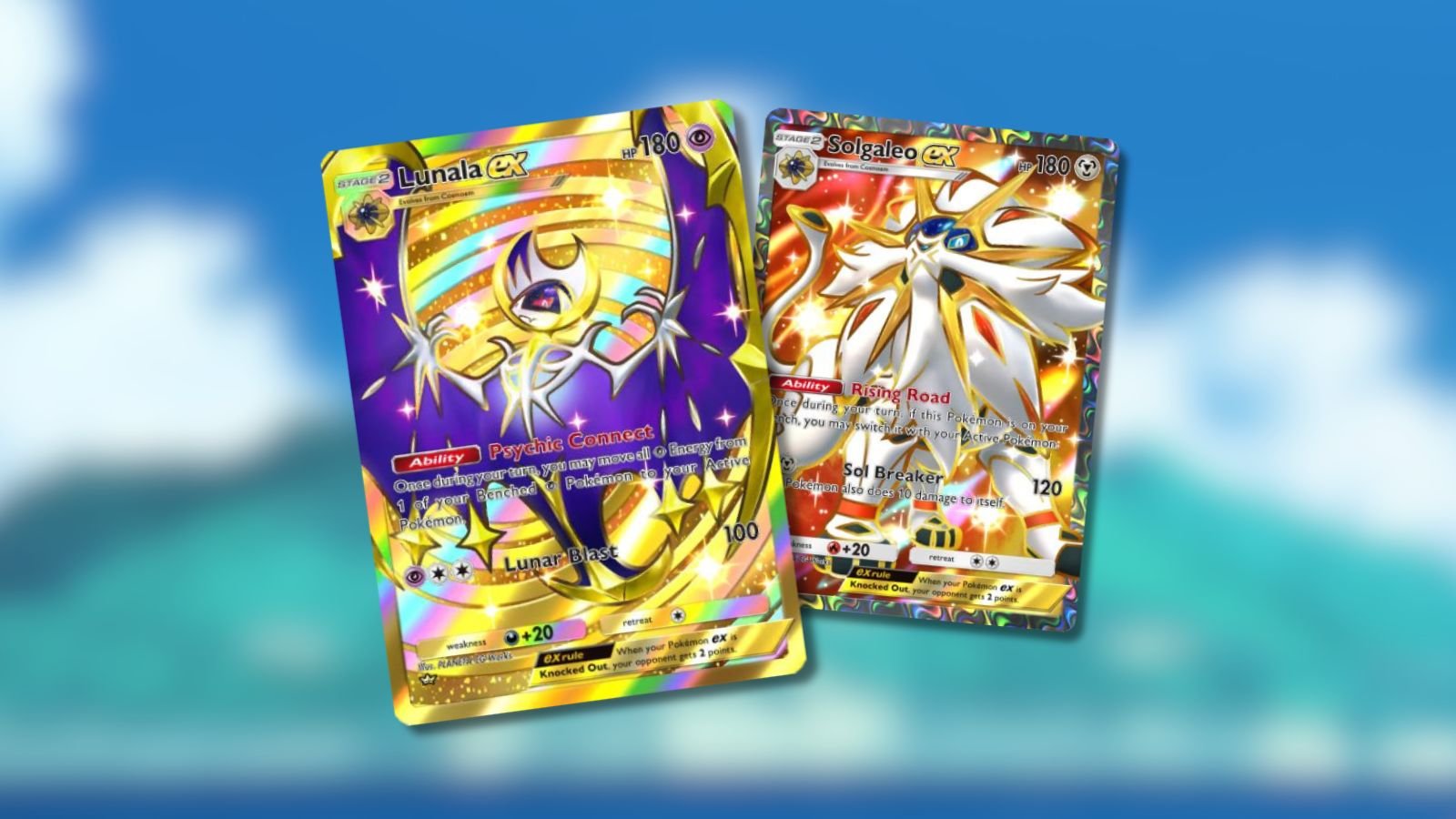
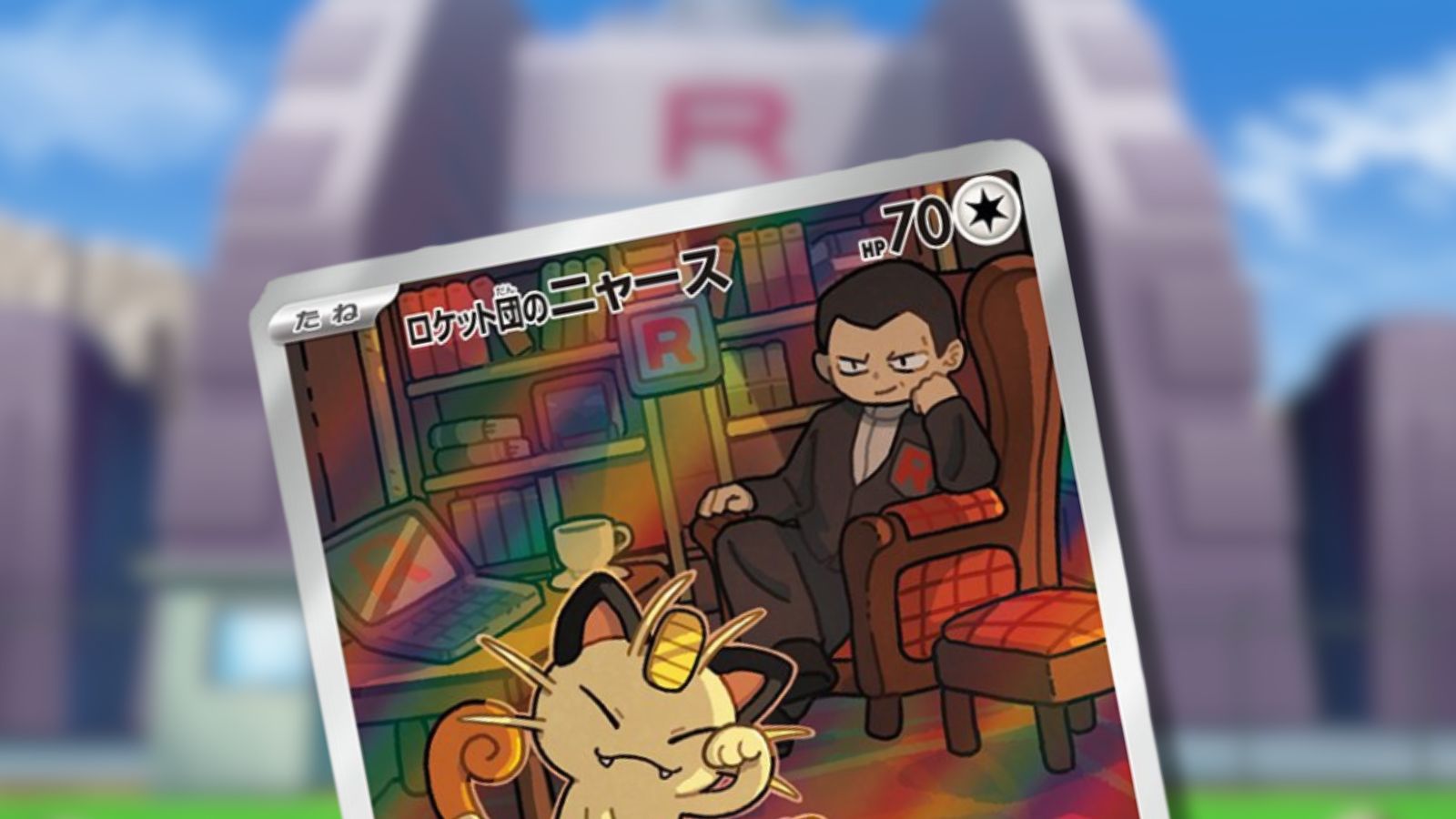
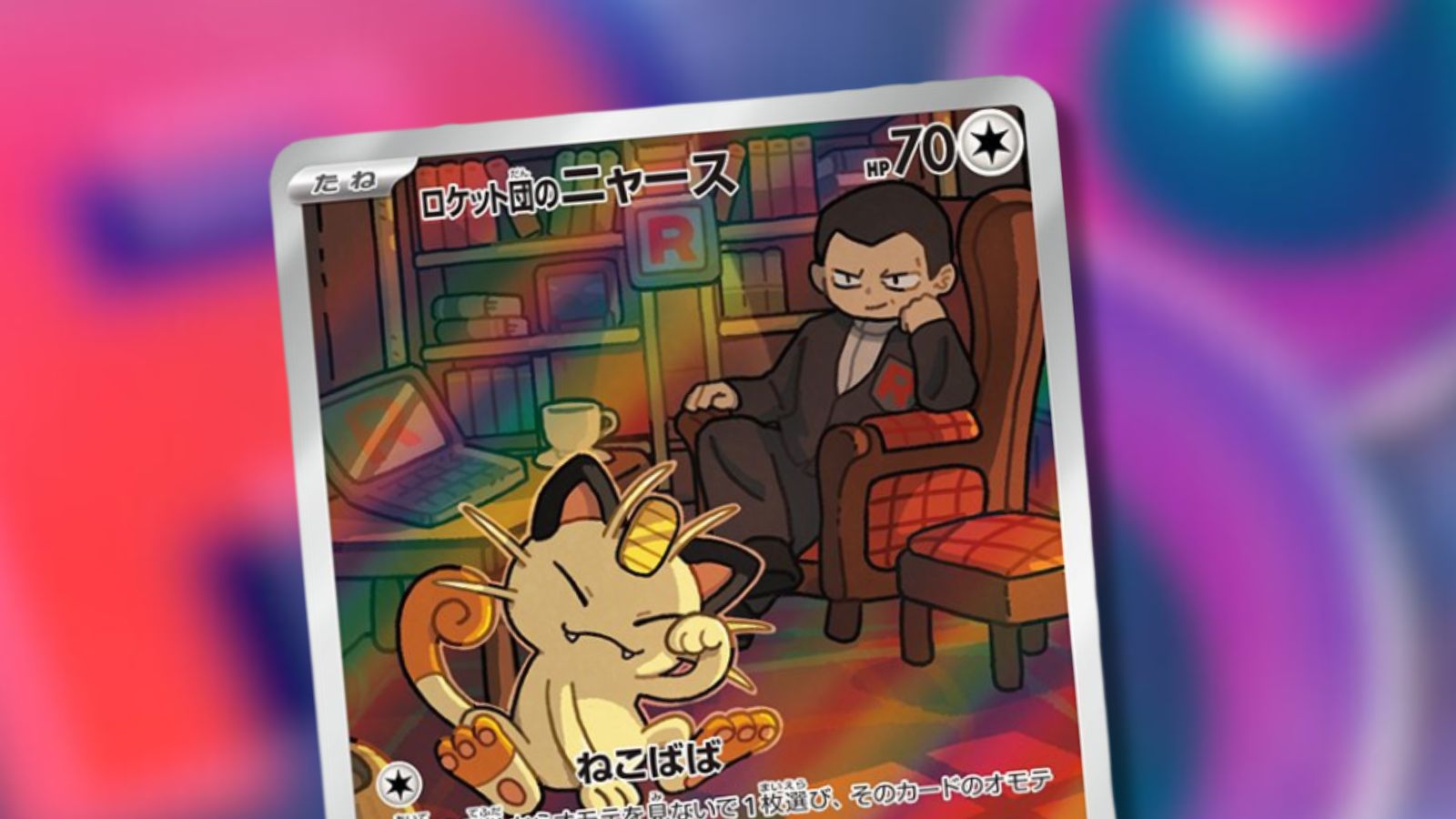
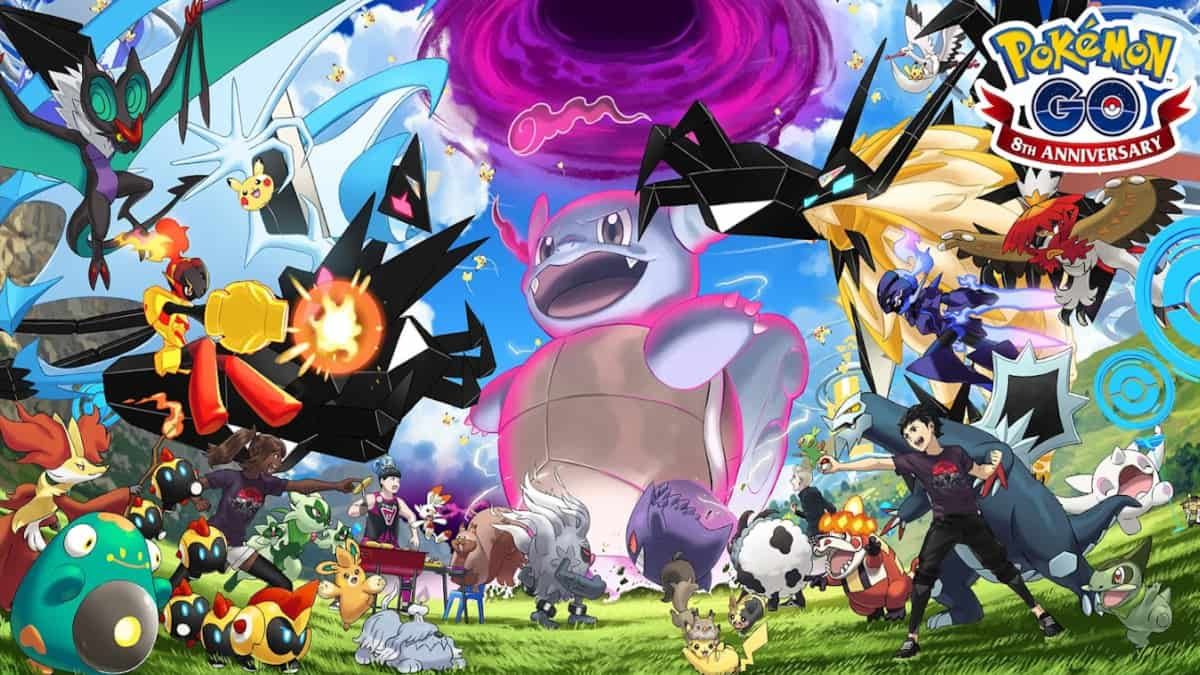

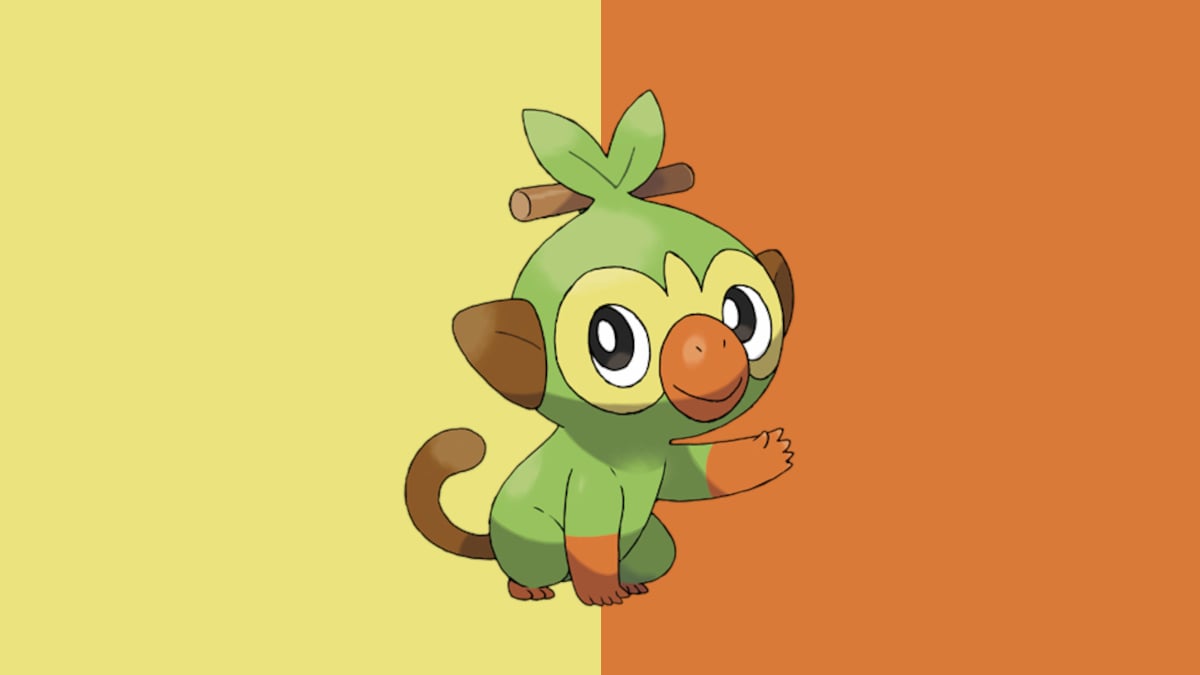
Published: Aug 4, 2022 03:12 pm